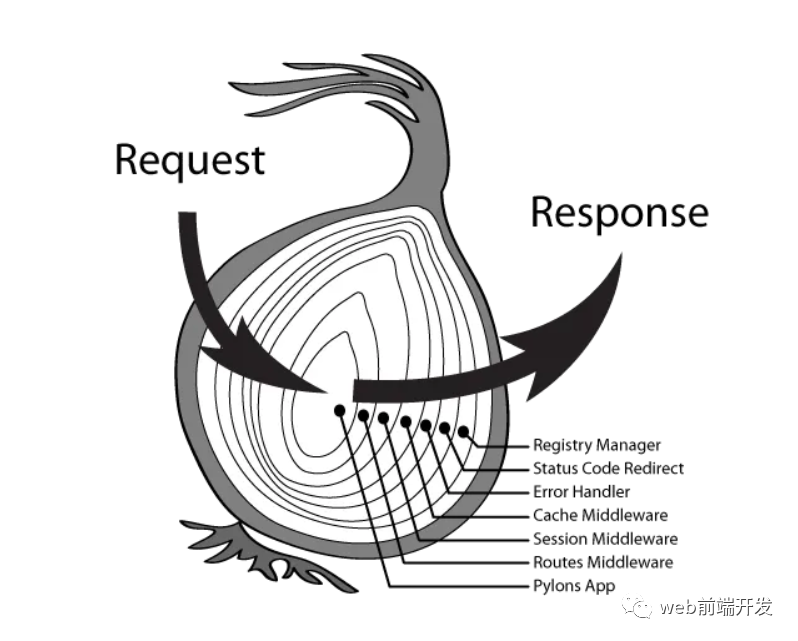我发现很多人只知道如何常规地使用promise。

在js项目中,promise的使用应该是必不可少的,但我发现在同事和面试官中,很多中级以上的前端仍然坚持promiseInst.then()、promiseInst.catch()、Promise等常规用法等等。即使是 async/await 他们也只知道它但不知道为什么要使用它。
但实际上,Promise 有很多巧妙的高级用法,并且一些高级用法在 alova 请求策略库内部也被广泛使用。
现在,我将与大家分享8个高级使用技巧。希望这些技巧能够对你有所帮助,现在,我们就开始吧。
1. Promise数组的串行执行
例如,如果你有一组接口需要串行执行,你可能首先想到使用await。
如果使用promise,可以使用then函数串联多个promise,实现串行执行。
2. 在新的 Promise 范围之外更改状态
假设你有多个页面,其功能要求在允许使用之前收集用户信息。 点击使用某个功能之前,会弹出一个弹框进行信息收集。 你会如何实施这个?
以下是不同级别前端同学的实现思路:
初级前端:我写一个模态框,然后复制粘贴到其他页面。 效率非常高!
中级前端:这个不好维护。 我们需要单独封装这个组件,并在需要的页面引入!
高级前端:安装任何密封的东西! ! ! 把方法调用写在所有页面都可以调用的地方不是更好吗?
想要了解高级前端是如何实现的,以vue3为例,看一下下面的例子。
接下来,getInfoByModal就可以通过直接调用模态框来轻松获取用户填写的数据。
这也是很多UI组件库中封装常用组件的一种方式。
3. async/await 的替代用法
很多人只知道它是用来在调用await时接收async函数的返回值的,却不知道async函数它实际上是一个返回promise的函数。 例如,以下两个函数是等效的:
在大多数情况下,await 会跟随 Promise 对象并等待它完全填充。 因此,下面的 fn1 函数 wait 也是等价的:
然而,await也有一个鲜为人知的秘密。 当它后面跟的值不是promise对象时,它会用promise对象包装该值,所以await后面的代码必须异步执行。 例子:
相当于
4. 承诺实施请求共享
当一个请求已经发出但尚未得到响应时,再次发出相同的请求,就会造成请求的浪费。 此时,我们可以将第一个请求的响应与第二个请求共享。
上述两个请求实际上只发送一次,同时收到相同的响应值。
那么,请求共享有哪些使用场景呢? 我认为有以下三个:
- 当页面渲染多个内部组件同时获取数据时;
- 提交按钮未禁用且用户连续多次点击提交按钮;
- 预加载数据的情况下,预加载完成之前进入预加载页面;
这也是alova的高级功能之一。 要实现请求共享,需要使用promise的缓存功能,即一个promise对象可以通过多次await获取数据。 简单的实现思路如下:
上述两个请求实际上只发送一次,同时收到相同的响应值。
那么,请求共享有哪些使用场景呢? 我认为有以下三个:
- 当页面渲染多个内部组件同时获取数据时;
- 提交按钮未禁用且用户连续多次点击提交按钮;
- 预加载数据的情况下,预加载完成之前进入预加载页面;
这也是alova的高级功能之一。 要实现请求共享,需要使用promise的缓存功能,即一个promise对象可以通过多次await获取数据。 简单的实现思路如下:
正确答案是已满状态。 我们只需要记住,一旦待处理的promise从一种状态转移到另一种状态,就无法更改。 因此,例子中是先转为fulfilled状态,然后reject()就不会再转为rejected状态。
6.彻底明确then/catch/finally返回值
一句话概括就是,上面三个函数都会返回一个新的promise包装对象。 包装后的值是执行回调函数的返回值。 如果回调函数抛出错误,它将包装拒绝状态承诺。 似乎不太容易理解,我们来看一个例子:
我们可以将它们一一复制到浏览器控制台并运行它们以帮助理解。
7、then函数的第二次回调和catch回调有什么区别?
当请求发生错误时,会触发 Promise 的 then 的第二个回调函数和 catch。 乍一看没有区别,但实际上前者无法捕获then当前第一个回调函数中抛出的错误,但catch可以。
原理就如上一点所说的。 catch 函数是在 then 函数返回的处于拒绝状态的 Promise 上调用的,因此它的错误自然可以被捕获。
8.(最终)Promise实现koa2洋葱中间件模型
koa2框架引入了洋葱模型,可以让你的请求像剥洋葱一样一层层进去,再一层层出来,从而实现请求前后处理的统一。

我们来看一个简单的 koa2 洋葱模型:
上面的输出是a-start -> b-start -> b-end -> a-end,这样神奇的输出序列是如何实现的呢? 有人没天赋,简单的用20行左右的代码就实现了。 如有雷同,纯属巧合。
接下来我们分析一下
注:以下内容对新手不友好,请谨慎阅读。
首先先保存中间件函数,在listen函数中收到请求后调用洋葱模型执行。
收到请求后,从第一个中间件开始串行执行next之前的前置逻辑。
处理next之后的post逻辑
至此,一个简单的洋葱模型就已经实现了。
总结
以上就是我今天想与你分享的8个关于Promise的高级用途的全部内容,如果你觉得有用的话,请记得点赞我,关注我,并将这个内容分享给你的小伙伴们,也许能够帮助到他。






































